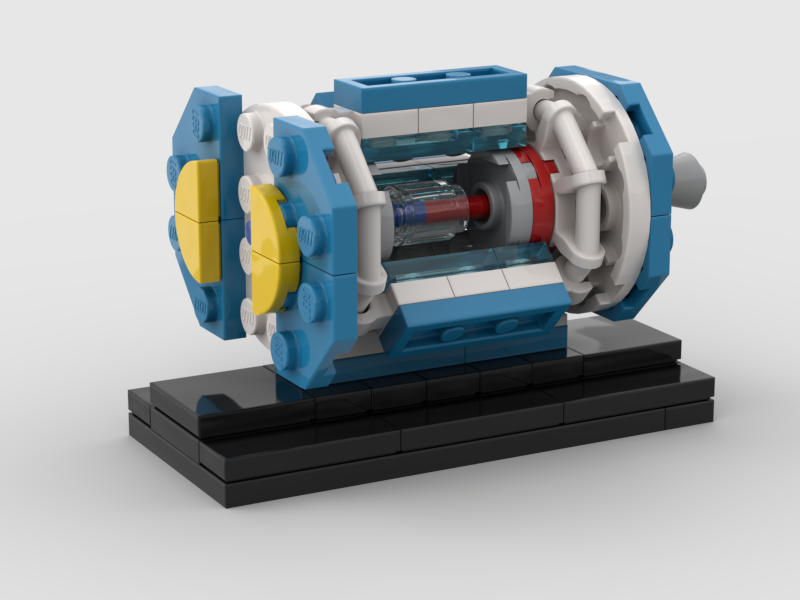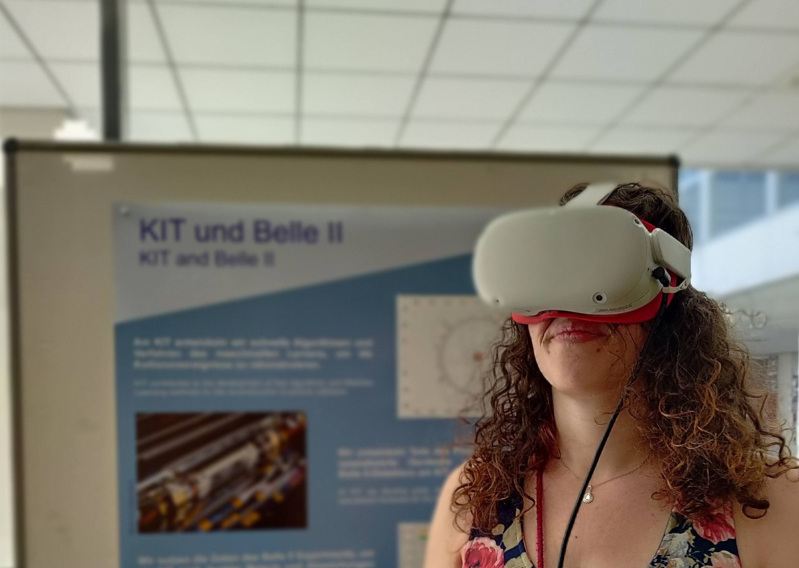Science communication and outreach

Build your own particle detector: Belle II edition
Our team created a micro-LEGO model of the Belle II detector that is a fun and captivating way to learn about the fascinating world of particle physics.
The model showcases how a particle detector works and allows you to examine the different parts that make up the detector.
Designed by Lea, Moritz, and Giacomo to be easy to build and fun to play with, it is a great educational tool for students of all ages and a perfect addition to any science classroom or home.
Due to popular demand we have collected all information on a dedicated page - feel free to explore and send any feedback you have to us!
Public presentations
Our universe is full of unsolved mysteries and wonders. Where is antimatter? What is this mysterious Dark Matter that, to our best knowledge, makes up a large part of the mass of our universe? And how do we use the world's largest particle accelerator at CERN in Switzerland and KEK in Japan to search for new elementary particles? We are communicating our research both to experts at international conferences and seminars, but also to the general public at outreach events: list of past and upcoming presentations.
Get in touch if you are looking for an engaging speaker!
(Image: © B. von Krosigk/ZKM 2023)

Virtual Reality
The Belle II VR display provides a unique way to explore and visualize the inner workings of the Belle II particle physics detector. Using Oculus/Meta Quest 2 VR headsets, you can immerse yourself in a world of subatomic particles and delve into the mysteries of particle physics with a 360-degree view of the detector and its particles in real-time. Whether you are a student, researcher, or simply curious about the world around you, our VR display offers an unparalleled opportunity to learn and discover.
(Image: © T. Ferber)

Masterclass
How do we measure subatomic particles that are invisible to the naked eye? How do we combine information from multiple huge subsystems in our particle detectors to determine information about the properties of each particle produced in the particle collisions? We are developing a one-day masterclass in the context of "Netzwerk Teilchenwelt" that allows students (typically grade 10 or higher) with some basic knowledge in electromagnetism to work through the steps of particle reconstruction and find Dark Matter in our detectors. Get in touch with us if you want to find out more!
(Image: © T. Ferber)
